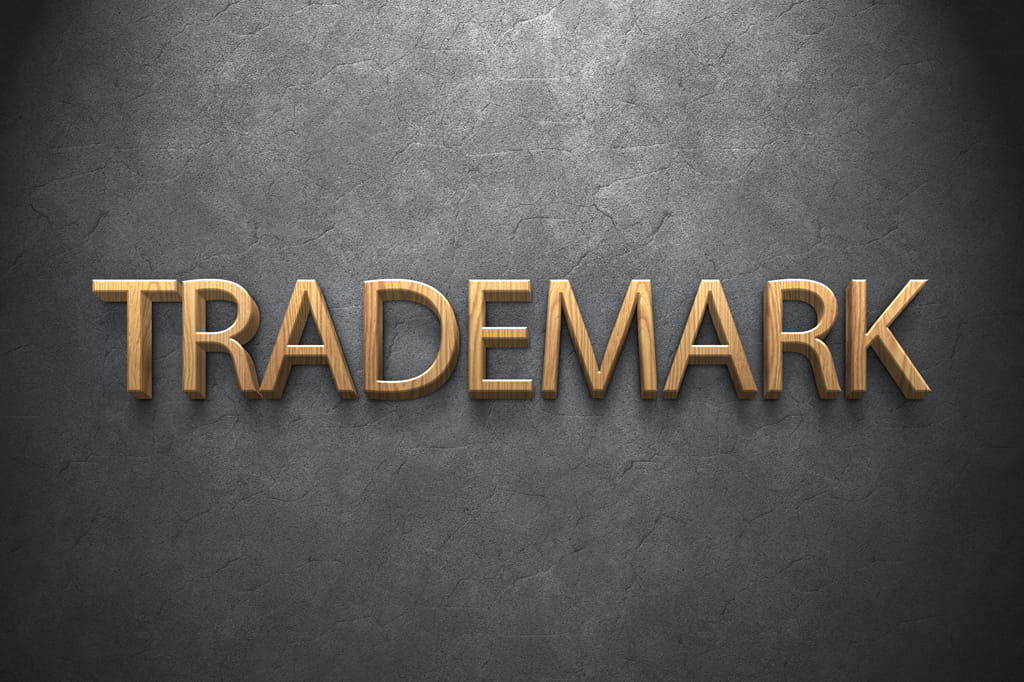Is your trademark registration in India secured globally? No!! Trademark registration is limited to territories. Thus, trademark registration in India only provides protection only within India. A trademark owner can obtain international trademark protection for its protection outside India. If the owner of a trademark has international registration, they can use the mark outside of India and make sure that no one else applies for the same trademark in the global market.
Madrid Protocol
International trademark registration is regulated by the Madrid Protocol. The Madrid agreement relating to the international trademark registration was adopted on 14 April 1891, and the Madrid Protocol relating to the Madrid Agreement was adopted in Madrid on 27 June 1989.
After India joined the Madrid Protocol, the Trademarks Act of 1999 was changed to comply with the Madrid system. The Trademarks (Amendment) Act of 2010 was enacted on September 21, 2010, and India began accepting international trademark registrations in accordance with the Madrid Protocol.
In countries that are members of the Madrid Union, trademark registration is permitted by the Madrid Protocol. The Madrid Union has 112 members representing 128 nations. By submitting a single application to the national trademark office or office of origin, the trademark owner can obtain international trademark registration under the Madrid Protocol.
Where the business is registered in India, the Registrar of Trademark Office is the office of origin to file an international trademark application under the Madrid Protocol. The trademark registration application will be processed by the office of origin and recorded with the Intellectual Property Organization in Geneva.
For instance: The mobile phone manufacturer Micromax in India recently registered the 1.25 millionth international trademark for its brand name “MICROMAX.” In this way, the trademark ‘MICROMAX’ has protection in more than 110 nations now. In order to obtain international registration, the “MICROMAX” trademark was submitted for international registration under the Madrid Protocol.
Pre-requisites for International Trademark Registration
Before submitting an application for international trademark registration, a trademark applicant must ensure that the following conditions are met:
- The applicant must be a resident of India, hold Indian citizenship, or operate a legitimate and successful business in India.
- The applicant must have applied for a national trademark in India or have a trademark registered with the Indian Trademarks Registry. The international application is based on the national trademark application or registration.
- The trademark for which the national trademark registration was obtained or is mentioned in the national trademark application should be the subject of an international application by the applicant.
- The national trademark registration or application should include the same list of services and goods as the international application.
- In the international application, the applicant must select one or more Madrid Protocol member countries for protection.
International Trademark Registration Process Under Madrid Protocol
Trademark Search
Before submitting an application for international trademark registration, the applicant must first conduct a trademark search. The applicant can check the WIPO’s Global Brand Database for similar or identical registered trademarks by conducting a trademark search. The applicant must ensure that there are no registered trademarks that are identical or similar to the one being applied for in any of the Madrid Protocol nations. The application will be rejected if a trademark is identical or similar to it.
File Registration Application
The international trademark registration application on Form MM2(E) must be submitted by the applicant following the trademark search. The Office of the Registrar of Trademarks in India is the office of origin for Indian businesses, so the applicant should submit the international trademark registration application there. The application will be processed and checked by the Registrar of Trademarks. The Registrar will submit it to the World Intellectual Property Organization (WIPO) in Geneva following verification. The candidate should record the worldwide brand name application electronically through the authority IP India site and pay the dealing with charge.
Examination of Application by WIPO
The WIPO will examine the trademark registration application that has been sent to it by the Registrar of Trademark Office. The trademark is added to the International Register and published in the WIPO Gazette of International Trademarks if the registration application is approved by the WIPO.
Notification of Trademark Registration by WIPO
Every Madrid Protocol member nation where the applicant chooses to obtain registration will receive a notification from the WIPO regarding the international trademark application. In accordance with the trademark regulations and rules, the member nations will examine the international registration application. Within 12 to 18 months of receiving the trademark registration application, the member countries will submit their examination report and notify the WIPO of the application’s acceptance or rejection.
Opposition to Trademark Registration
The trademark registration application must be submitted to the WIPO in a prescribed manner if member nations object to it. The trademark applicant and the concerned member nation of the Madrid Protocol will engage in direct opposition proceedings to the trademark application. The opposition procedure includes Response, appeal, hearing, and prosecution. The whole opposition process will involve the WIPO.
Grant of International Trademark Registration
When the member countries accept the application, the trademark will be registered for ten years in the chosen member countries under the Madrid Protocol. A statement of grant confirming the international trademark registration of an Indian trademark will be issued to the applicant following the acceptance of the registration application.
Benefits of International Trademark Registration
Legal protection
International trademark registration provides legal protection against trademark infringement on a global scale. When a trademark is registered in another country, it is protected from being used by a third party without authorization. When a trademark is registered, it becomes simple to demonstrate the trademark’s legal ownership in court.
Business opportunity
Trademark is an elusive resource of a business and plays a critical part in the brand’s growth. The chance to earn money for the business comes from a successful trademark. When a trademark is registered internationally, the owner has the option of licensing it to a foreign company. In this manner, trademark name enlistment empowers the progress of the brand or item. Companies like Nike and McDonald’s have earned royalties through licensing agreements as a result of registering their trademarks internationally.
Unique identity
A product gains worldwide recognition when it is registered as an international trademark. International registration of trademarks aids in the fight against trademark infringement and ensures that trademark owners are granted exclusive rights to one of their most valuable assets.
Beneficial for online operators
An e-commerce company’s expansion is significantly aided by international trademark registration. When a company starts selling products online, it makes it possible for the product to be sold to customers all over the world. When the product is well-known all over the world, it’s easy for the trademark to become popular with a large number of customers. For these kinds of products, it is preferable to register a trademark internationally to prevent buyers from being confused about the product.
Protects brand during export or import
The trademarked product is safeguarded from trademark misuse by foreign parties in other nations through international trademark registration. As the trademark gains recognition in other countries, it is more likely that other parties will copy it or use it fraudulently to gain customers. The international trademark registration grants the right to take legal action against such infringement and safeguards the trademark associated with a product or service in the event of such infringement occurring during import or export.
CONCLUSION
The World Intellectual Property Organization is in charge of trademark regulation worldwide. In 1967, the United Nations (UN) established the World Intellectual Property Organization (WIPO) with the goal of safeguarding intellectual property worldwide. A combination of WIPO treaties and other national and regional laws govern international trademark registration and administration. The legal framework for international trademarks is governed by treaties related to trademarks in addition to national and regional laws.
The Madrid system is a worldwide trademark registration system that is centrally managed and makes trademark management and registration easier. The Madrid Protocol, established in 1989, and the Madrid Agreement, a multilateral treaty for international trademark registration, provide this system with its legal foundation. Through the Madrid System, an international trademark can be registered simultaneously in multiple jurisdictions.
FAQ:
- What is the significance of an international trademark?
Registration as an international trademark protects your brand from imitations. You have the right to pursue legal action against any infringement that occurs during import or export.
- How does the Indian trademark system work?
A trademark in India is characterized under section 2 (1) (zb) of the trademark Act, 1999. It is a distinctive sign or pointer utilized by an individual or an organization and is applied to the articles of business to distinguish the results of one trader from those of another.
- How do I internationally register a trademark?
To register your trademark internationally, Send a request to the appropriate National Trademark Office and the WIPO will review the trademark applications, and the National Trademark Office of each requested country will review applications for trademarks for exclusivity.





